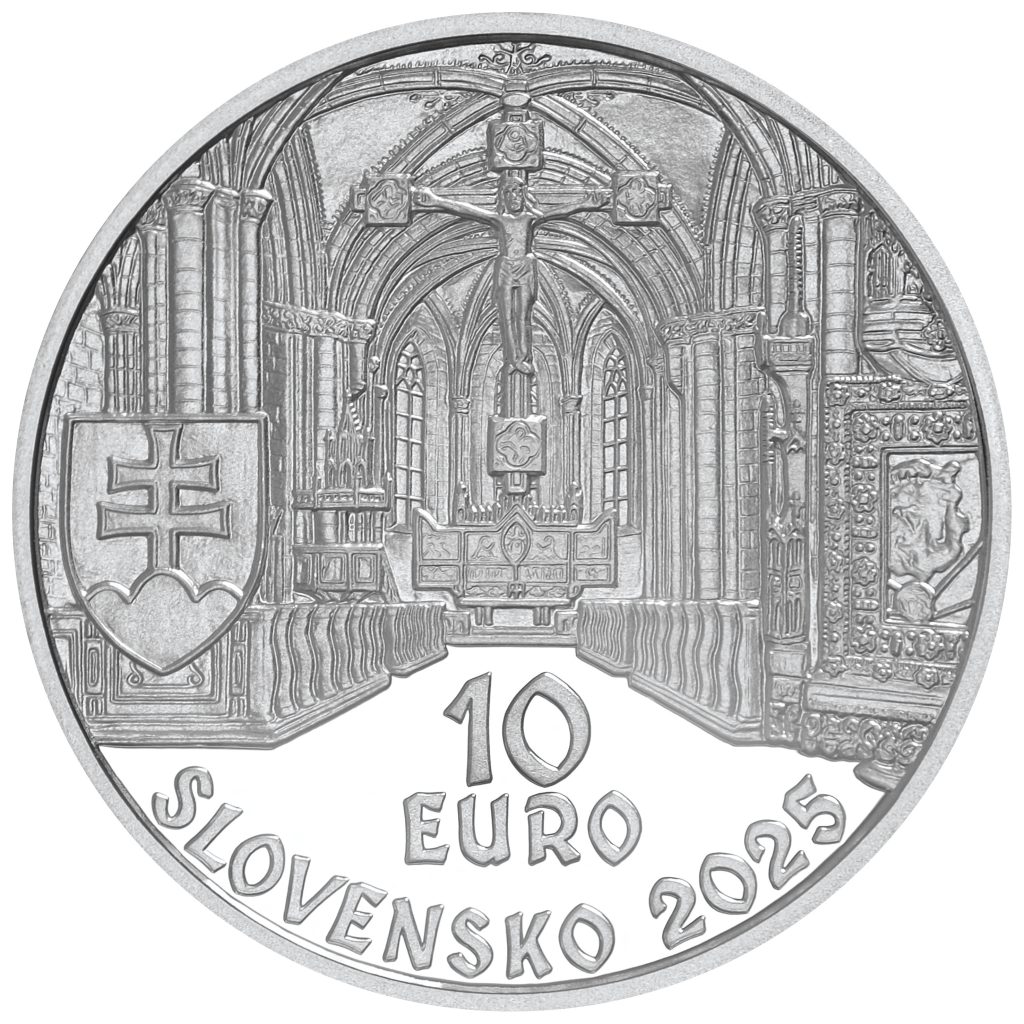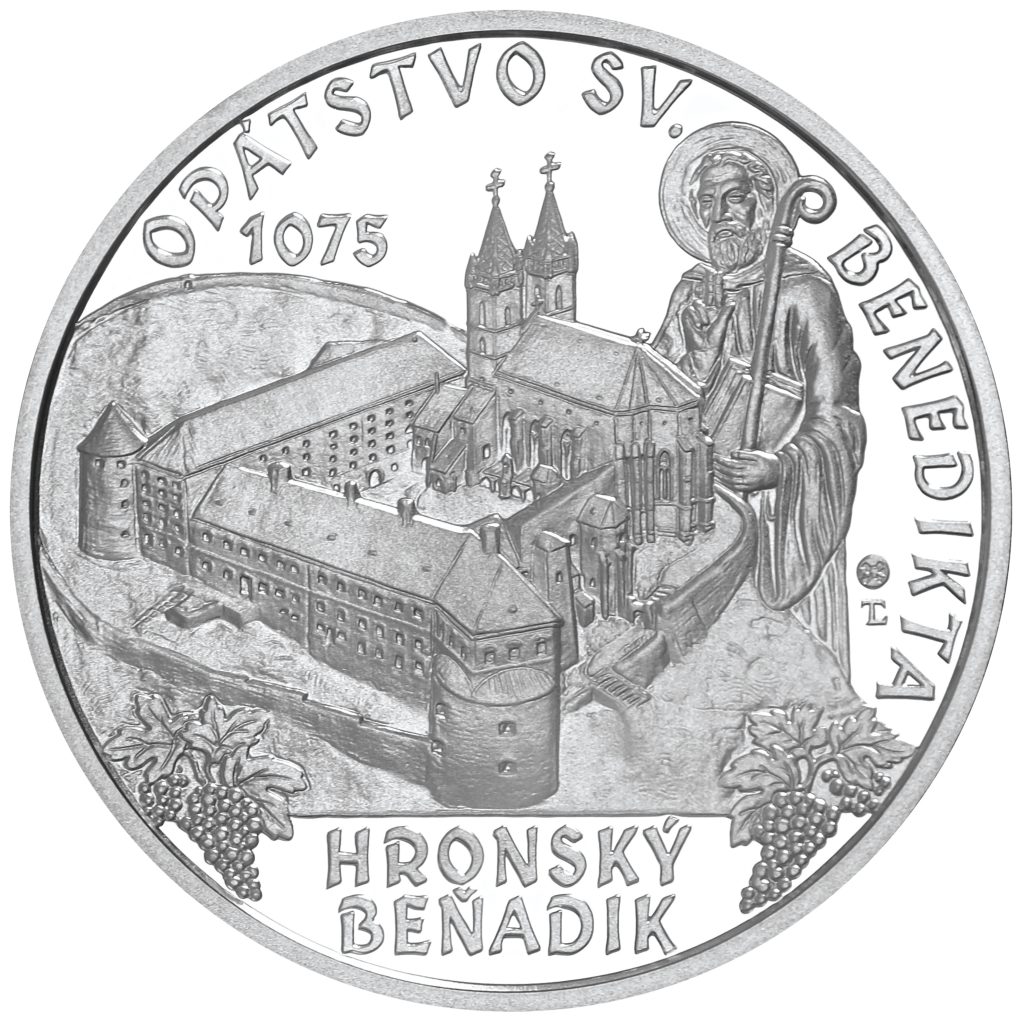-
NBS Tasks
Browse topics
- Monetary policy
- Financial market supervision
- Financial stability
- Banknotes and coins
- Payments
- Statistics
- Research
- Legislation
-
Publications
- Activity Report of the NBS Innovation Hub Annual Report Carbon Footprint Report of NBS Climate-related disclosures of NBS non-monetary policy portfolios Economic and Monetary Developments Financial Stability Report Investment Policy Statement of the National Bank of Slovakia Macroprudential Commentary
- Policy Briefs Report on the Activities of the Financial Market Supervision Unit Research Papers: Working and Occasional Papers (WP/OP) Statistical Bulletin Structural Challenges Other publications Sign up for your email notifications about publications
- About the Bank
- Media
- Frequently asked questions
-
For the public
Browse topics
- About the Bank
- Exchange rates and interest rates
- Banknotes and coins
- Payments
- Financial stability
- Financial market supervision
- Statistics
- Legislation
-
Publications
- Activity Report of the NBS Innovation Hub Annual Report Economic and Monetary Developments Financial Stability Report Macroprudential Commentary
- Report on the Activities of the Financial Market Supervision Unit Research Papers: Working and Occasional Papers (WP/OP) Statistical Bulletin Other publications Sign up for your email notifications about publications
- Frequently asked questions
- Media
- Careers
- Contact
950th anniversary of the establishment of the Benedictine abbey in Hronský Beňadik
€10 silver collector coin
The Benedictine abbey in Hronský Beňadik is a complex of fortified sacred buildings founded in 1075 by King Géza I of Hungary, who aimed to establish an influential religious institution renowned throughout Hungary. During the period of high feudalism, St Benedict’s Abbey served as a model for teaching tillage and the cultivation of agricultural crops. The Benedictines were also experts in metallurgy and construction. The abbey’s importance and indispensable role in feudal society stemmed from its function as a locus credibilis—a place where legal documents could be authenticated. The abbey is considered a possible origin of the ‘Nitra Gospel Book’ (Nitriansky evanjeliár), the oldest book from the territory of Slovakia. The abbey complex represents a symbiosis of various architectural styles—from Gothic and Renaissance to Baroque—and still stands prominently over what was once an important trading crossroads. It was included in the list of national cultural heritage sites on 24 April 1970.
-
Coin description
Obverse:
The obverse depicts the interior of the Benedictine abbey church in Hronský Beňadik, featuring the nave’s Gothic columns on either side and, in the upper centre, a monumental crucifix. The reliquary containing a relic of Christ’s Blood is incorporated into the right side of the design, while the Slovak coat of arms overlies part of the left side. Inscribed along the bottom edge are the name of the issuing country ‘SLOVENSKO’ and the year of issuance ‘2025’. Just above them are the coin’s denomination ‘10’ and currency ‘EURO’, one above the other.Reverse:
The reverse shows a bird’s-eye view of the fortified abbey complex, with the figure of St Benedict to the right. The inscription ‘OPÁTSTVO SV. BENEDIKTA’ (‘St Benedict’s Abbey’ in Slovak) runs along the upper and right edge of the design. The year of the abbey’s establishment, ‘1075’, appears in the upper left. At the bottom is the name ‘HRONSKÝ BEŇADIK’, with the first word above the second, flanked by bunches of grapes. In the lower right of the design is the mint mark of the Kremnica Mint (Mincovňa Kremnica), consisting of the letters ‘MK’ placed between two dies. Directly below it are the stylised initials ‘TL’ of the designer, Tomáš Lamač.
-
Coin details
Designer: Tomáš Lamač Composition: .900 silver, .100 copper Weight: 18 g Diameter: 34 mm Edge: • ORA ET LABORA – CRUX SACRA SIT MIHI LUX Producer: Kremnica Mint Engraver: Dalibor Schmidt Issuing volume: 4,900 coins in brilliant uncirculated quality
10,700 coins in proof qualityIssuing date: 17 March 2025

